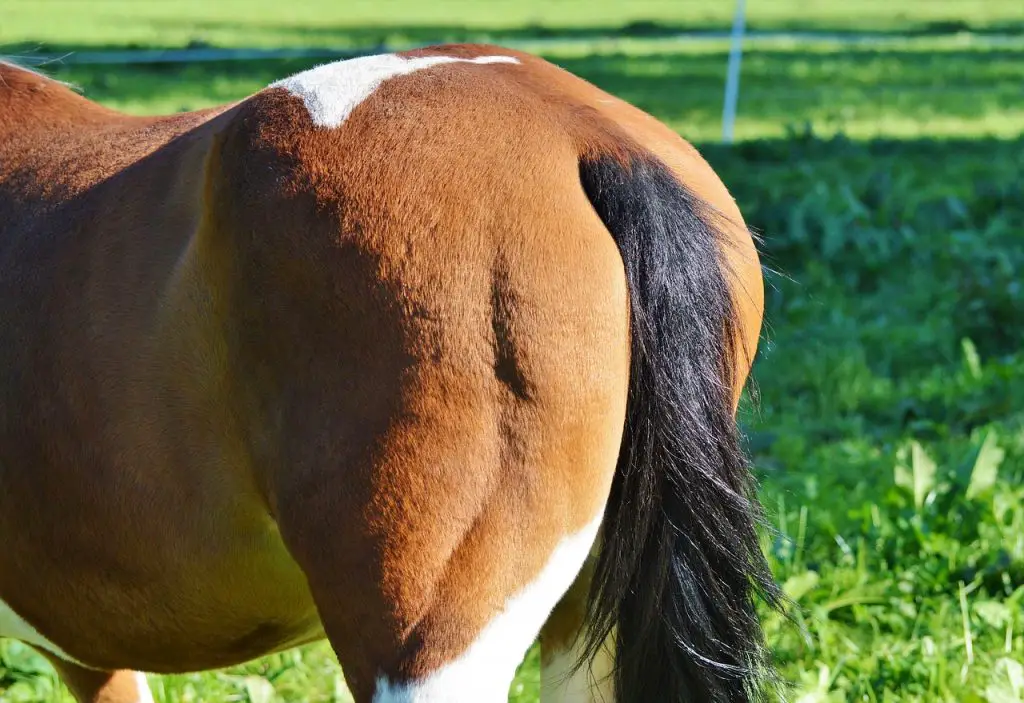Last Updated on February 21, 2022 by Allison Price
Long, straight tails are more effective at removing pesky insects than those with shorter, wispy or thin tails. Some horses have bristly, stubby tails due to circumstances–a chew-happy pasturemate is one example–but other horses, like those of Appaloosas or some drafts, don’t produce long tail hairs.
How fast do equine tail hairs grow? It depends on the horse’s characteristics, diet, season, breed, as well as their individual traits.

Austrian scientists at the University of Veterinary Medicine in Vienna measured hair growth rates for three types of horses: Mongolian wild asses and Przewalski’s horses. The Gobi Desert, Mongolia is a difficult environment with limited grazing and very few water sources. This habitat was shared by both wild and free-range domestic horses.
For wild horses, it took them 19 days to grow one centimeter longer tail hairs. Przewalski’s horses had one centimeter more tail hairs in 17 days. Domestic horses saw the same growth in just 13 days. The growth rates of the animals in each group varied, and each figure represents an average for many equines. Horses who live in warmer climates may have growth rates that are significantly different from these figures.
Long tails take time. Owners can help their horses grow long, luxurious tails by giving them balanced nutrition. Supplements like BIO-Bloom PS, available in Australia as Bio-Bloom, provide zinc, methionine and biotin to horses. These nutrients are essential for shiny coats and healthy hooves.


